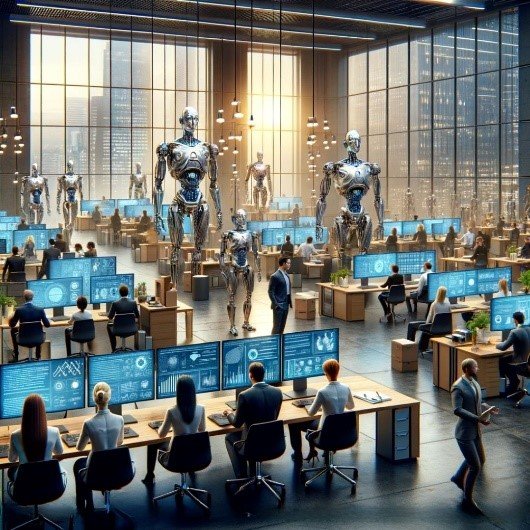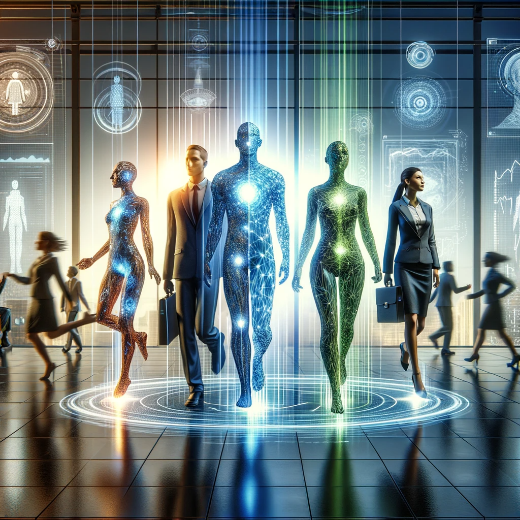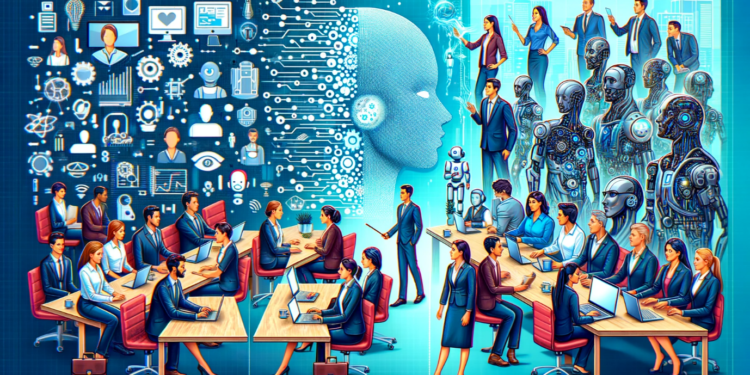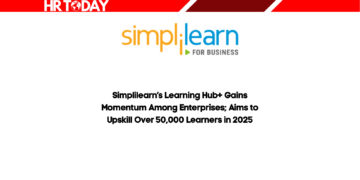You can hire the most talented individuals, yet they can be ineffective as a group. It is not the best of mind but rather the the best of intentions, well guided and managed, that helps in making a group work together effectively. This was my CEO’s response to the proposal to pay aggressively so that we could hire the best FMCG talent in India. Over a decade back, when I was part of an organization, a behemoth globally in large format retail but still a minnow in India – it had entered the Indian market recently – our task was to build an organization for an industry which was still at an infancy stage. The global giant’s entry into India was with an Indian partner- a leader of repute in another sector who was equally ambitious and bullish about plans for growth in the home market.
My initial lessons on how to build an effective organization were getting formed and formatted. We were getting the best of minds, well-intentioned and deliberate actions were being taken, the best of global process and technology, yet the work wasn’t to anyone’s satisfaction. To make matters difficult employees found themselves under-motivated to deliver to their best potential. Our various initiatives and programs aimed at leadership effectiveness, change management, and talent engagement, despite the best of well-intentioned teams, were not delivering value. The Business model for modern format retail borrowed from global best wasn’t creating or delivering value. The fault lines in the organization business and operating fundamentals were creating the internal schisms and building pressures for the quakes and shocks within.
This was the VUCA world, and we realized we needed to go back to the drawing board to get things moving for the better if we were to do better- let alone succeed.
The Shift from VUCA to BANI:
Fast forward a decade, and the organizational landscape has transformed from a VUCA world to a BANI one, particularly in the post-COVID era. The relentless pursuit of technological prowess has brought organizations to the crossroads of efficiency and innovation. The emergence of Artificial Intelligence (AI) and Robotics prompts an exploration of how organizational effectiveness is evolving. Before delving into this evolution, it is crucial to examine some statistics and trends.
Statistical Landscape:
In 2022, the Department for Promotion of Industry and Internal Trade (DPIIT) recognized over 26 thousand startups in India. Since 2016, India’s startup economy has witnessed rapid growth, supported by initiatives like Startup India. As of February 2023, DPIIT officially recognized 92,683 startups, underscoring the immense potential for future development. Comparatively, the United States led in startup registrations in 2023 with 75,056 startups, with 60% of entrepreneurs acknowledging AI as the most promising innovation technology. Regardless of an organization’s maturity, AI and technology are increasingly pivotal in shaping business-operating models.
AI and Robotics as Catalysts for efficiency
AI and robotics have emerged as pioneers in the modern workplace, ushering in an era of unparalleled efficiency. Dull, Dirty and Dangerous tasks are now delegated to tireless machines, allowing human capital to augment performance by redirecting focus towards creativity, critical thinking, and complex problem-solving. The relationship between humans and machines is symbiotic, with machines handling routine tasks and liberating human brilliance to reach new heights.
Organizational Effectiveness in the Age of AI

Contrary to the fear of machines replacing humans, organizational effectiveness in this age revolves around orchestrating a symphony where both humans and machines contribute their unique strengths. The key lies in marrying these strengths into the business and financial model. Effective organizations operationalize a workplace culture aligned with the business model, unlocking business value for all stakeholders.
Strategic Alignment: A Dance of Humans and Algorithms:

In the age of AI and robotics, organizational effectiveness hinges on seamlessly integrating technology with strategic vision. Tomorrow’s leadership is not purely human; it is algorithmic, demanding a delicate dance between C-suite executives and intelligent systems.
Strategic planning becomes a collaborative effort, blending human intuition with machine analytics. While algorithms sift through vast datasets to identify trends and opportunities, human leaders provide wisdom, context, and emotional intelligence needed for informed decision-making. The result is a dynamic partnership where organizations navigate the complexities of the business landscape with unprecedented precision.
Cultivating a Future-Ready Workforce: Human-Centric AI Adoption

As AI and robotics become integral to the organizational DNA, cultivating a future-ready workforce becomes paramount. The Chief Human Resources Officer (CHRO) plays a pivotal role in ensuring that employees adapt to technological influx and thrive in this evolving landscape. Upskilling and reskilling initiatives become cornerstones of a culture that values continuous learning.
Effective leadership in this landscape is about inspiring confidence in the workforce, assuring them that the rise of machines does not signify obsolescence but an opportunity for growth. The human touch remains irreplaceable, and organizations that flourish are those that recognize and nurture uniquely human skills such as adaptability, creativity, and emotional intelligence.
Conclusion:
The future of organizational effectiveness lies in the harmonious convergence of business models creating value for customers and workplace cultures that integrate human and technological prowess. Reflecting on the VUCA world a decade ago, where revisiting the drawing board led to contextualizing the business model for India and solo entry into large-format retail, the internal effectiveness results were transformative. The organization not only thrived in large-format retail but expanded into other businesses by acquiring tech-focused retail opportunities.
The age of AI and robotics is not a threat but an invitation to redefine effectiveness. It is an opportunity to unleash human potential, liberating minds from the mundane and empowering them to dream, create, and innovate. In this symphony of tomorrow, organizations that emerge as leaders are those that conduct the orchestra with a keen understanding of the unique strengths that both humans and machines bring to the table. The future is not just automated; it is a collaborative masterpiece where organizational effectiveness is measured by the resonance of human creativity and technological precision.










